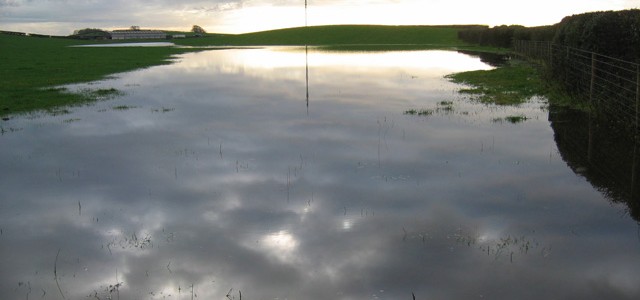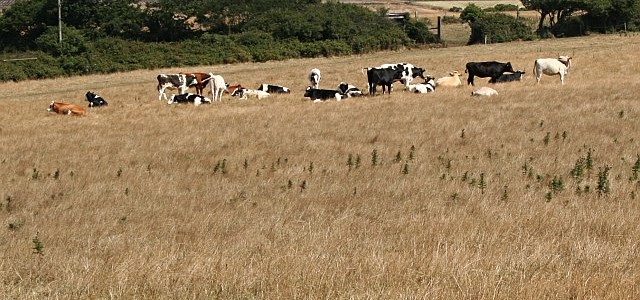Drought
-

One of the consequences of changes in climate such as drought is an impact on the soil structure and the agricultural infrastructure on which it sits. The Guardian posted an article a few days ago describing the impacts of continued massive pumping of groundwater in California on the surface topography, where land is sinking at…
-

The latest Drought Monitor indicates that all drought is now gone from Georgia and northern Florida, leaving only a small area of moderate drought in the very southern tip of the Florida peninsula. That area of the Southeast has been dry for the last month as the most active rainfall track has been on the northern…
-

In the conference I’m attending today, one of the speakers presented PDSI data derived from tree rings going back to about 400 AD. It is presented as a series of grid points across North America. If you are interested in a longer-term perspective on climate that goes back farther than the instrumental records, you might…
-

Dr. Jeff Lee, a professor of geosciences from Texas Tech, is featured in this videotaped lecture about causes of the Dust Bowl and whether a similar pattern could occur again. The video is about 30 minutes long and is best at discussing the causes of the Dust Bowl. It’s not the highest quality, but you…
-

The Southeast Farm Press ran a video and written story earlier this week on the three weather catastrophes that hit South Carolina this year–frost, drought and flooding rains. The late spring frost cut peach production somewhat, while the drought cut yields of several crops. When the flooding rains came in early October, they wiped out…
-

CBS News had an interesting slide show this week on impacts of the California drought on agriculture and the environment that you might not have thought of. For example, it is becoming difficult to find any grass-fed beef in the region because there is no grass for the cattle to eat. And chili peppers are…
-

The latest Drought Monitor was released this morning. It shows that drought and abnormally dry conditions were cut by more than half across the region in response to the recent rainy period. The only remaining drought in the region is a small area of moderate drought in southwest Georgia and the panhandle of Florida near…